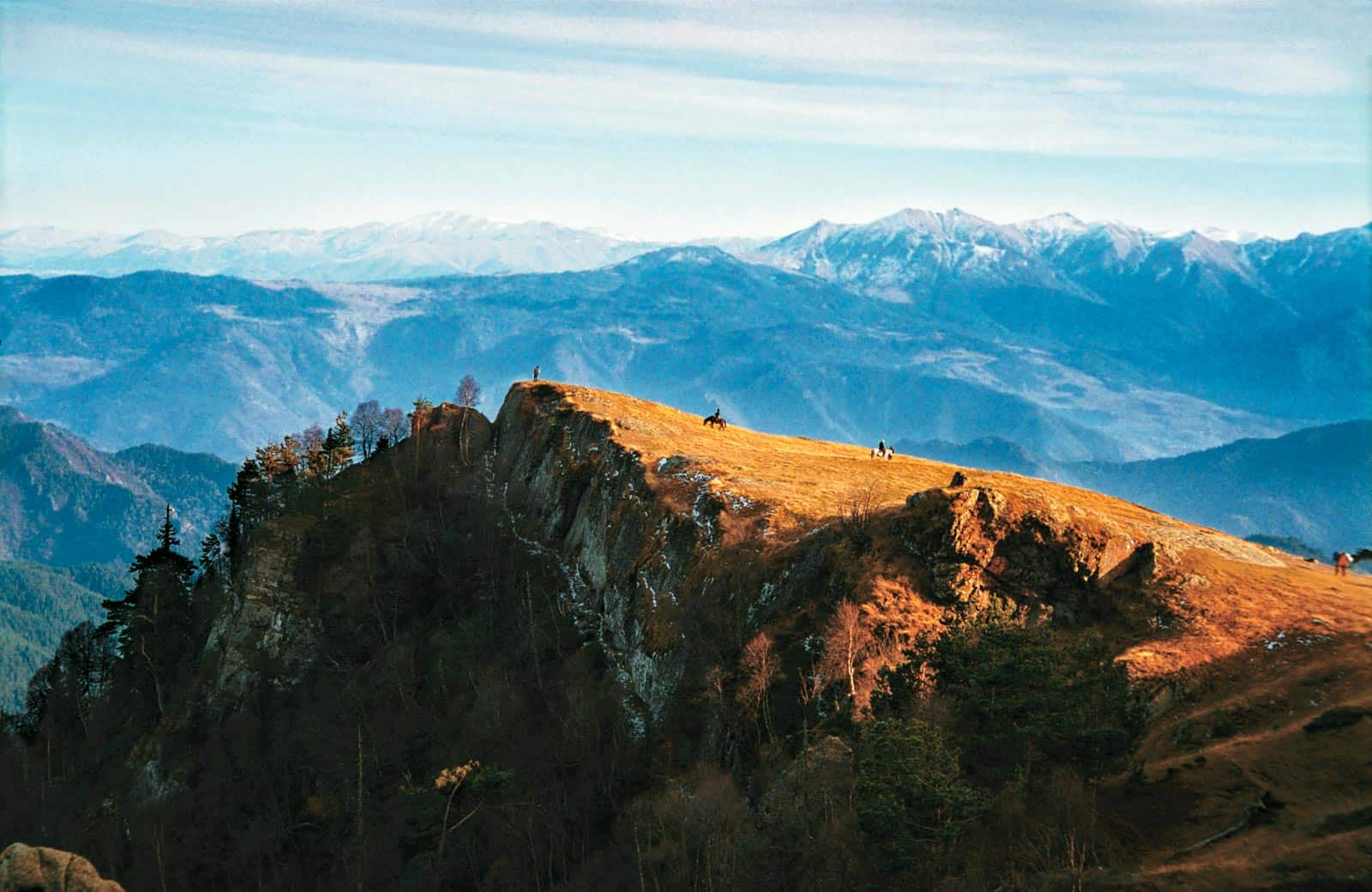Wilderness stewardship
In a couple of previous postings on the Wilderness Academy Days, we have already covered four interesting conference sessions: Wilderness in the US and Europe, The impact of climate change on forests, Wilderness outreach and cooperation and Managing visitors in Wilderness. However, the list doesn’t stop here. Within the session focusing on Wilderness stewardship, we looked into the development and examples of a successful Wilderness Stewardship plan.
Please read Wilderness Stewardship
US experiences about the development a successful Wilderness stewardship program
Having had a career starting as a national park ranger to becoming Chief of Wilderness in the US National Parks Service, Garry Oye is a true Wilderness professional. He explaned, tat those charged with the stewardship of Wilderness are faced with various challenges and decisions. Examples of these include how to control invasive plant and animal species, how to coordinate between different federal and state land management agencies, how to decide whether to intervene if human activities are causing the Wilderness character to change and if yes, what are the minimum tools allowed to use for intervention also in relation to limiting potentially intrusive modern digital technologies, how to manage growing visitor rates, in what extent to accommodate commercial uses in Wilderness, how to best decide between natural fire versus fire suppression and how to maintain high air and water quality. Some of the key elements to successful Wilderness stewardship are clear, and consistent policy, a strong partnership or network and Wilderness stewardship expertise in forms of having a training programme for the protected area personnel and Wilderness rangers.

A Wilderness-focused management plan
Vasyl Pokynchereda presented their Wilderness Stewardship experiences from the Carpathian Biosphere Reserve in Ukraine, which was created in 1968. Due to the close cooperation with European Wilderness Society, in total 6 Wilderness areas were designated within the territory of the Bioshere Reserve between 2016-2018, including Uholka-Shyrokyi Luh, two areas of WILD Forest – Uholka-Shyrokyi Luh and Kuziy-Trybushany and three WILD Rivers: Mala Uholka, Velyka Uholka and Shyrokyi Luh.
Beside the achievements, they admitted that the management team has to tackle a lot of challenges, such as insufficient funding, strong tourism pressure on certain areas of the Bioshere Reserve, intensive urbanisation and fast infrastructure development in the bordering areas, as well as strong agricultural usage of the surrounding areas. However, one of the biggest conservation challenges they face is the effective management of the designated Wilderness territories. Therefore now a new 10-year management plan has been accepted, which includes a focus on Wilderness. This document emphasises that in the core zone, in accordance with the current Ukrainian legislation, all intervention is prohibited, except for scientific research and monitoring. There is also no tourism and recreation activity, no cattle corridors, and no collection of wild berries and mushrooms. Special attention will be paid to roads and paths that pass through the Wilderness core zone and restoration zone.

Wilderness in the heart of the Mediterranean Sea
Giuseppe Marcantonio presented the Wilderness journey of Majella National Park, the current Wilderness certification and the future of Majella Wilderness. He introduced the Italian General Law on Protected
Areas, which is the legal basis of how protected areas function in Italy, with a particular attention to the Zoning System. The zoning system includes 4 zones: Zone A (Integral Reserve), Zone B (Nature Reserve), Zone C (Protection Area) and Zone D (Socio-economic development area). According to this system and the Management Plan, interventions such as fire supression, grazing and water extraction are allowed in Zone A, therefore they don’t fully comply with the Wilderness criteria. This has lead to defining the Wilderness core zone in the National Park in a way that this area where the Wilderness criteria can be fulfilled is included within the A zone. The next step for the National Park is to build the Wilderness Stewardship in the next Management Plan.

A way forward for Wilderness Stewardship has to rely on a solid commitment by the entire Wilderness community, including managers, leaders, scientists, educators, nongovernmental organisations and others. Positive change is possible only if each player empraces Wilderness as their mission, recognises challenges and responds to them with a clever and clear vision.








